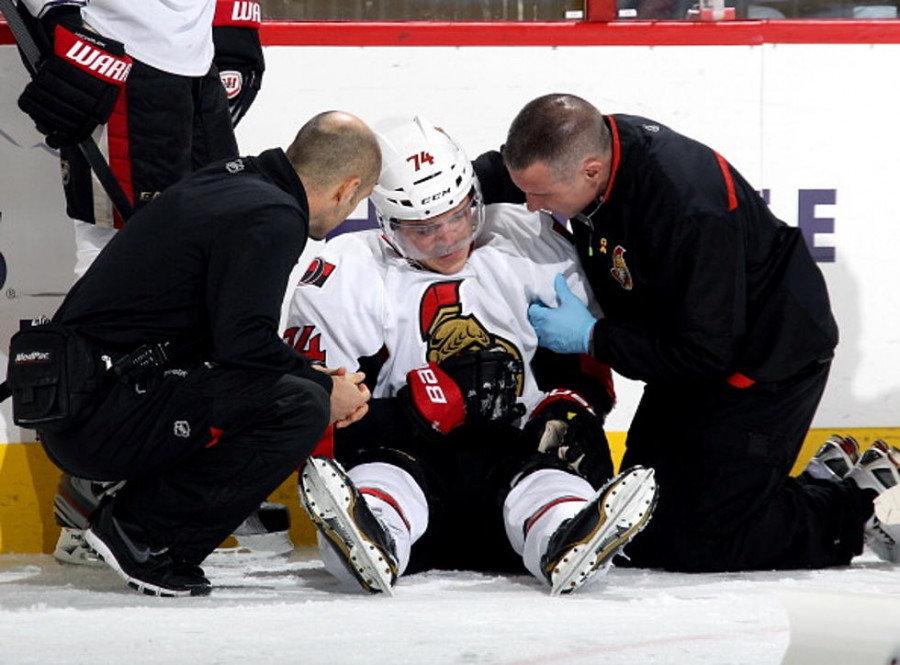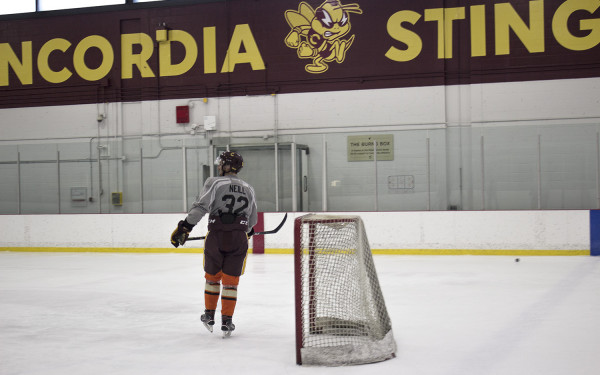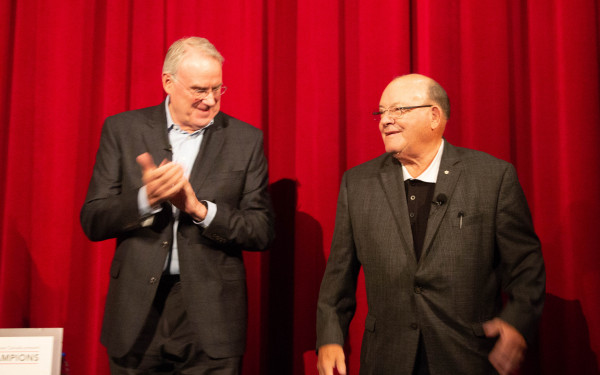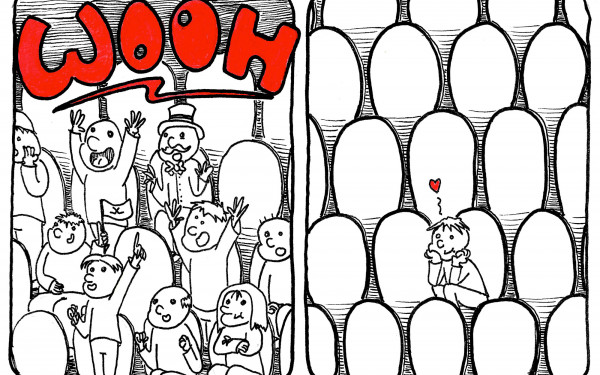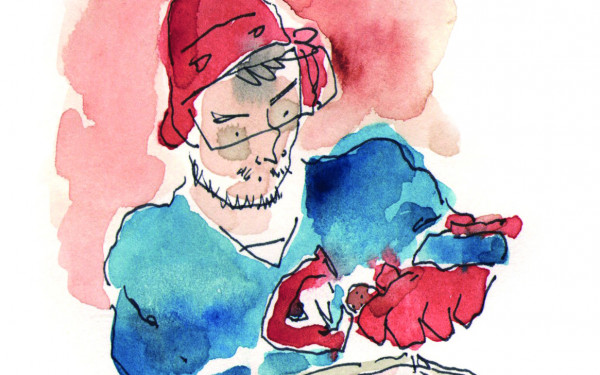Shut up and Dribble: The NHL must crack down on dangerous hits
The league’s inconsistency in punishment is unacceptable
This season, it seems like more and more players are getting hurt from dangerous hits—either from behind or in other circumstances when the player getting hit isn’t able to get themselves into a position of safety in time. This is a serious problem, as more research over time is being done about concussions from sports, more people are starting to realize how hits to the head can have devastating consequences in sports.
The date is January 21st, and the Montreal Canadiens are playing against the Vancouver Canucks. Late in the third period, while Montreal was sitting at a comfortable 6-3 lead, Canucks defenseman Tyler Myers threw a dangerous hit at Joel Armia while Armia had his head down. Myers seemed to intentionally use his shoulder in order to target Armia’s head while Armia was looking down. This is just one example of a dangerous hit we’ve witnessed this season, which begs the question of why players aren’t getting suspended for dangerous play.
The motive for the dangerous hits also has to be looked at as well. In this case, Armia had torched the Canucks, registering four points in the blowout win. Most likely it was frustration when Myers decided to injure Armia, which kept him out of ten straight games with a concussion.
The main difference, for me, between a concussion from a fight and a concussion from a dirty hit is that at least in a fight, most of the time both players are consenting to the fight. At least both are agreeing to the risks of fighting in that case. However, in a dirty hit from behind, the player who gets concussed doesn’t know how to prevent it from happening, since usually, these incidents happen when the player is looking away.
Ironically, the leniency in punishment for hits to the head began when George Parros became the head of the NHL’s department of player safety. As a player, he was less known for his playing ability and more known for the sheer amount of hockey fights he was in. Parros was one of the last enforcers in the league - players who are not there for their skill in hockey but rather just to fight if need be—and for that reason, he should know better than to let people get away with dirty hits.
Parros had his career ended by way of a series of concussions, which should give him a bit of a hint to be less lenient on the matter. Of all people, someone who actually went through having his fair share of concussions should be a bit more sensitive when it comes to dirty hits.
Permanent brain damage is known to appear even decades after repeated concussions are suffered. Wade Belak, who committed suicide at the age of 35, was an NHL enforcer who had suffered from Chronic Traumatic Encephalopathy. CTE is a brain degeneration disease that has similar symptoms to Alzheimer’s disease but is caused by repeated concussions which can be directly correlated to dangerous hits to the head in sports. CTE also causes emotional instability, which has been seen in many former NFL and NHL players who have gotten concussions.
So what is the solution to this issue? For starters, the league could start issuing more severe punishments and fines towards players who commit dangerous hits. According to Sportrac.com, there have only been 10 fines handed out by the league towards players who have made dangerous plays. However, there have been plenty more incidents of dangerous play which have gone unpunished, such as the Tyler Myers hit on Joel Armia
Luckily, the game is evolving away from violent hitting and is shifting more towards speed. Of course, there are still a few players in the league who are not afraid to drop the gloves every once in a while, but they are signed to teams primarily for their hockey skill, and not for how hard they can hit someone. Hopefully, this trend starts to happen with dangerous hits too.
Sports can be dangerous, but the NHL should be looking to remove as much danger as they can. Unfortunately, Of course, there will still be concussions from accidental events such as a player shooting the puck a little bit too high, but dangerous hits to the head and from behind should be punished more severely if intentional.

